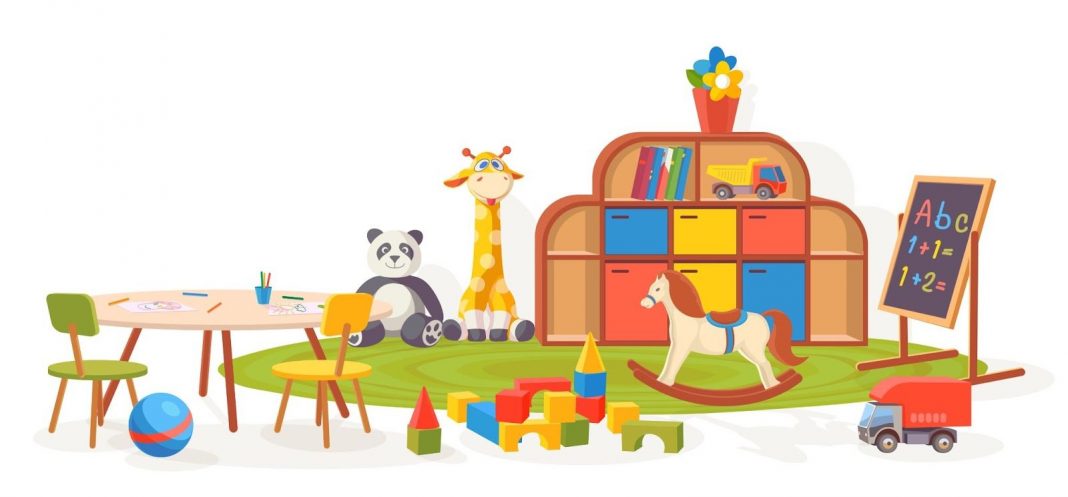- 1. Creating a Welcoming Environment
- 2. Establishing Routines and Expectations
- 3. Incorporating Play-Based Learning
- 4. Developing Fine and Gross Motor Skills
- 5. Fostering Social and Emotional Development
- 6. Encouraging Creative Expression
- 7. Implementing Technology
- 8. Utilizing Storytelling and Reading Aloud
- 9. Integrating Interactive and Sensory Activities
- 10. Assessing Progress in a Developmentally Appropriate Way
Teaching kindergarten is a journey full of discovery and unique challenges. At this early stage, children are eager to soak up knowledge and experiences that shape their understanding of the world. However, figuring out how to teach kindergarten effectively requires patience, creativity, and a deep understanding of young children’s needs.
Math & ELA | PreK To Grade 5
Kids see fun.
You see real learning outcomes.
Watch your kids fall in love with math & reading through our scientifically designed curriculum.
Parents, try for free Teachers, use for free
This blog aims to provide educators with ideas for teaching kindergarteners. If you are a teacher looking to enhance your kindergarteners’ early educational experience, this blog is for you.
How To Teach Kindergarten Kids: 11 Best Tips
1. Creating a Welcoming Environment
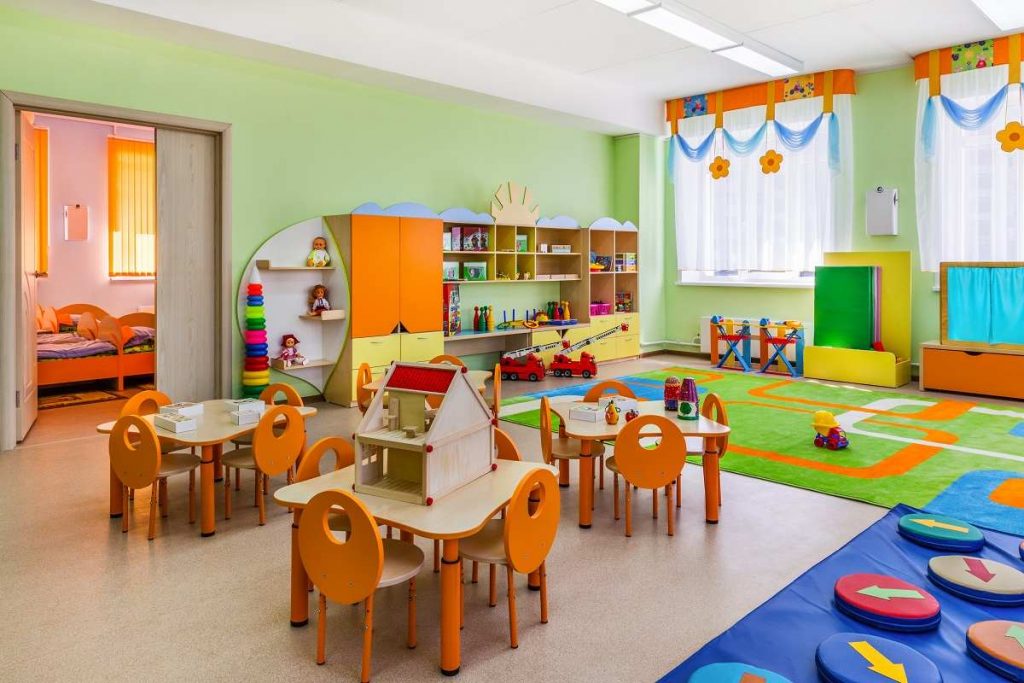
The first step in teaching kindergarten effectively is to create a welcoming environment. A warm and inclusive classroom sets the tone for a positive learning experience. It’s essential for young learners to feel safe, valued, and eager to explore. This atmosphere encourages them to express themselves and engage actively in learning.
Ideas for Classroom Setup and Decoration:
When considering kindergarten teaching ideas for classroom setup, think about vibrant, stimulating, yet organized spaces. Use colorful decorations, educational posters, and designated areas for different activities. Ensure the classroom layout is accessible and comfortable for all children, reflecting a diverse and inclusive atmosphere.
Related Reading: Best Tips For a Student-Centered Learning Environment
2. Establishing Routines and Expectations
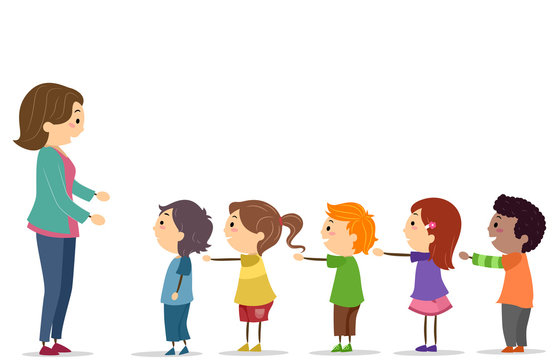
Consistency is key in how to teach kindergarten. Establishing clear routines and expectations helps children feel secure and understand what is expected of them. This structure aids in managing the classroom and enhances the children’s ability to focus and learn.
Examples of Effective Routines and Rules:
Effective tips for teaching kindergarten include establishing a daily schedule with visual timelines, setting simple rules that are easy to understand and follow, and incorporating routine activities like morning circles or storytime. These routines help in creating a disciplined yet nurturing environment.
3. Incorporating Play-Based Learning
Play-based learning is a cornerstone of kindergarten education. It allows children to explore, discover, and learn in a natural and enjoyable way. Through play, children develop critical thinking, creativity, and social skills, making it a powerful tool in the kindergarten teacher’s arsenal.
Suggestions for Play-Based Activities:
Nature Scavenger Hunt: Organize a scavenger hunt in a safe outdoor area like a schoolyard or a park. Prepare a list of natural items for children to find, such as a leaf, a smooth stone, a feather, etc. This activity encourages exploration, observation skills, and a love for nature. It also provides a great opportunity for physical activity and learning about the environment.
DIY Craft Station: Set up a craft station with materials like colored paper, glue, scissors, markers, and recyclable materials (like cardboard tubes, bottle caps, etc.). Encourage children to create art projects or provide a theme for them to work on.
Alongside these offline activities, consider incorporating educational online games as well, as they offer a diverse range of learning experiences and allow for easy tracking and assessment of a child’s progress in various skills. Here are some games you must explore:
4. Developing Fine and Gross Motor Skills
Physical development, including fine and gross motor skills, is integral to kindergarten instructional strategies. Developing these skills is essential for children’s overall growth and aids in writing, cutting, and sports activities.
Ideas for Activities that Enhance Motor Skills:
Online games are an excellent tool for enhancing fine motor skills in kindergartners. These interactive games help improve hand-eye coordination and precision as children navigate coloring within lines. Such games make learning fun and significantly contribute to a child’s developmental milestones in motor skills.
Here are some games that you can play to enhance motor skills:
5. Fostering Social and Emotional Development
One of the key teaching strategies for kindergarten is to foster social and emotional development. Teaching empathy, sharing, and cooperation is vital in shaping well-rounded individuals. Encourage activities that require teamwork, and use storytime to discuss themes of empathy and kindness. Role-playing games can also effectively teach children to understand and respect the feelings of others.
Activities that Promote Social Skills:
Group activities are excellent for promoting social skills. Organize games and projects that require collaboration, allowing children to practice communication, turn-taking, and conflict resolution. These experiences are crucial in building a supportive and interactive classroom community.
6. Encouraging Creative Expression
Creative expression through art, music, and drama is essential in kindergarten education. These activities provide a medium for self-expression and emotional exploration and aid in developing fine motor skills, cognitive abilities, and social skills.
Here are some art & creativity games for kindergarteners to encourage creative expression in a fun way:
7. Implementing Technology
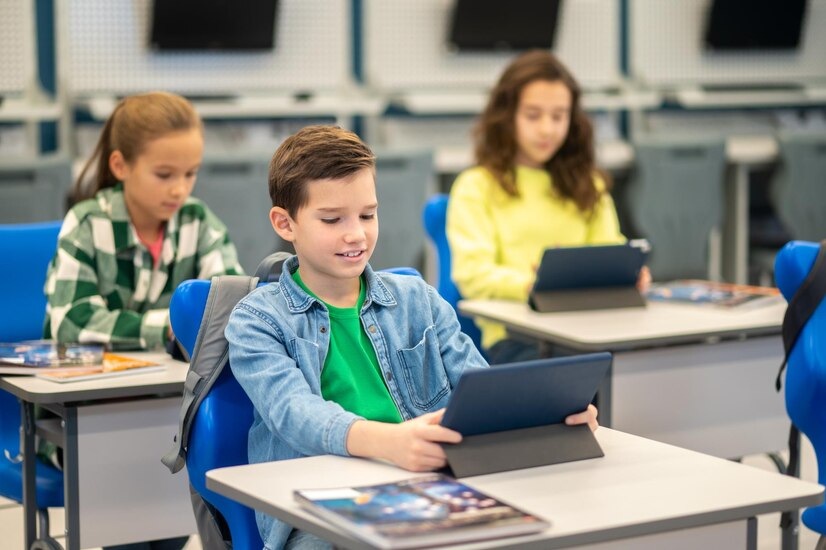
Integrating online educational games into the curriculum offers an interactive and engaging approach to learning. These games make learning more enjoyable and cater to various developmental needs, from cognitive growth to creative expression.
8. Utilizing Storytelling and Reading Aloud
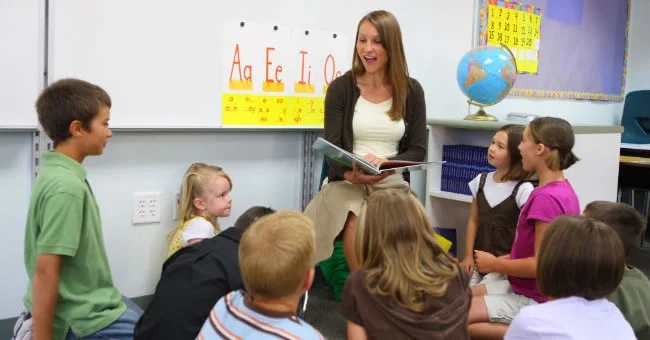
Storytelling and reading aloud are powerful tools in the kindergarten classroom. They captivate young minds and play a crucial role in language development. These activities enhance vocabulary, comprehension, and listening skills and foster young learners’ love for reading and stories.
Tips for Engaging Storytelling Sessions:
Use expressive voices and facial expressions to make storytelling sessions more engaging. Involve the children by asking predictive and reflective questions about the story. You can also incorporate props or story-related activities to bring the story to life and make it more interactive.
9. Integrating Interactive and Sensory Activities
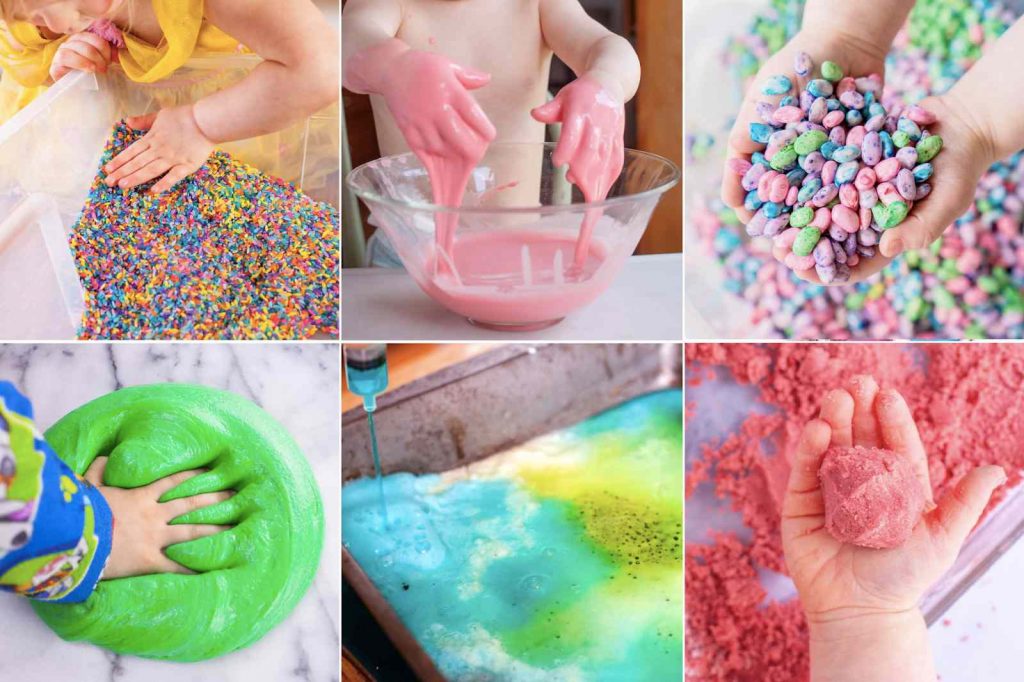
Sensory play is a fundamental aspect of how to teach kindergarten. It engages children’s senses and enhances cognitive processing, fine motor, and problem-solving skills. Sensory activities can be both educational and therapeutic for young learners.
Examples of Interactive and Sensory-Rich Activities:
Create sensory bins filled with items like rice, beans, or water beads for tactile exploration. Use play dough for creative shaping, or organize finger painting sessions for a fun and messy art experience. Interactive activities like these stimulate the senses and support various areas of development.
10. Assessing Progress in a Developmentally Appropriate Way
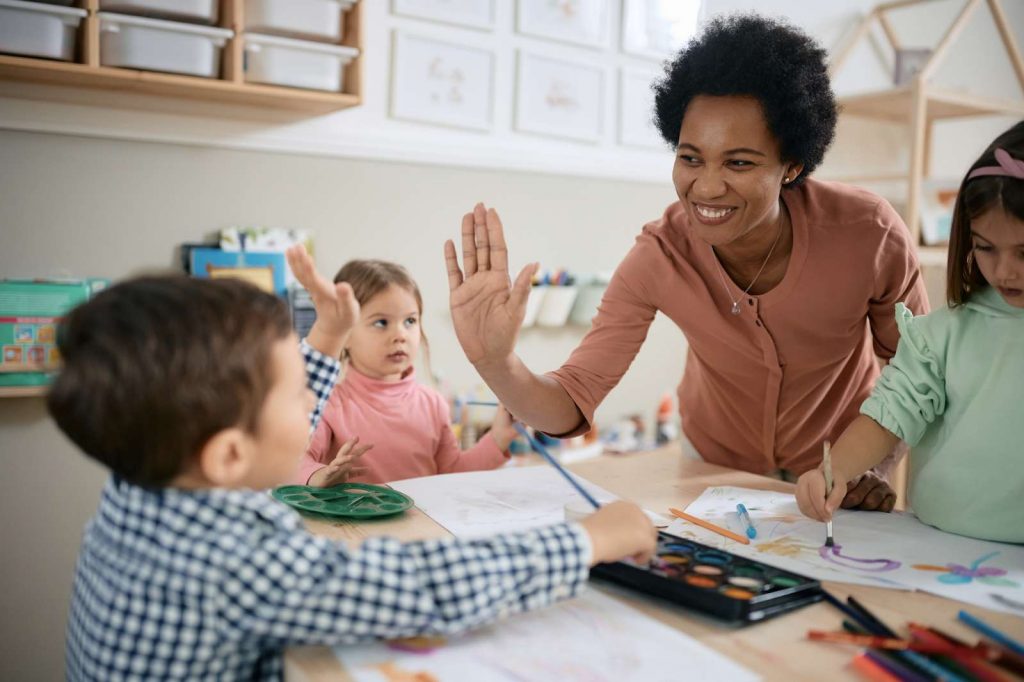
Assessing progress in kindergarten should focus on the whole child, including social, emotional, physical, and cognitive development. Use various assessment methods, such as observations, portfolios of children’s work, and age-appropriate performance tasks.
Balancing Formal and Informal Assessment Techniques:
A mix of formal and informal assessment techniques is essential for a comprehensive understanding of a child’s development. Informal assessments can be as simple as observing children during play, while formal assessments might include structured activities. Both types provide valuable insights into the child’s learning and development.
11. Emphasizing Hands-On Learning Experiences
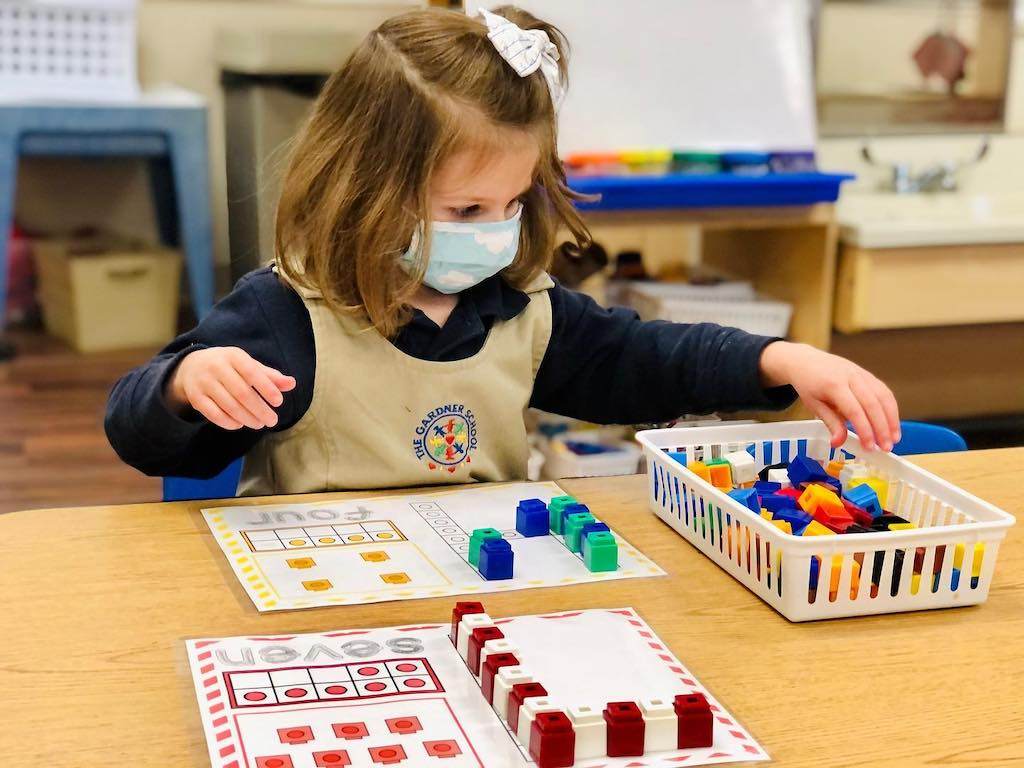
Hands-on learning is a highly effective way to teach kindergarten, allowing children to engage directly with materials and concepts. This approach caters to young learners’ natural curiosity and explorative nature, helping them to understand and remember concepts more effectively. Hands-on activities encourage active participation, critical thinking, and problem-solving skills.
Strategies for Implementing Hands-On Learning:
Incorporate a variety of hands-on activities across different subjects. For example, use counting objects for math lessons, science experiments to explore basic concepts like water, air, and plants, and sensory bins for tactile exploration. Art projects, building blocks, and puzzles are also great for hands-on learning.
Conclusion
Knowing how to teach kindergarten involves creating a nurturing environment, integrating play-based and hands-on learning, and fostering social, emotional, and creative development. By implementing these practical strategies, educators can significantly enhance the learning experience for kindergarteners, laying a strong foundation for their future educational journey.
Frequently Asked Questions (FAQs)
What do you teach first in kindergarten?
In kindergarten, start by teaching basic literacy, numeracy skills, and social and emotional learning.
What a kindergarten teacher should know?
A kindergarten teacher should know child development principles, effective communication techniques, and age-appropriate educational methods.
How can I effectively manage a diverse classroom in kindergarten?
Embrace diversity by learning about your students’ backgrounds and incorporating culturally inclusive materials. Use differentiated instruction to cater to various learning styles and needs and foster an environment of respect and understanding among students.
What are some effective ways to introduce literacy to kindergarteners?
Start with phonemic awareness activities, like rhyming and sound matching. Introduce letters and sounds through fun games and activities, and incorporate plenty of read-aloud sessions to stimulate interest in books and reading.

















